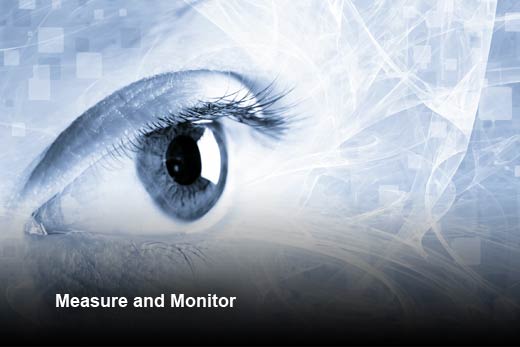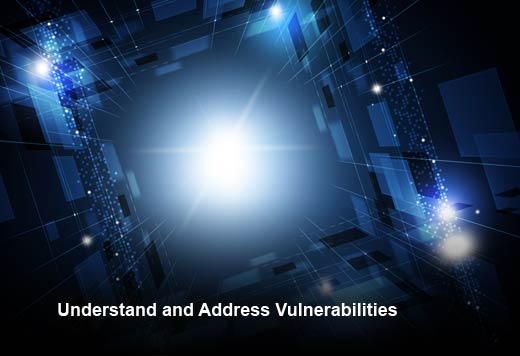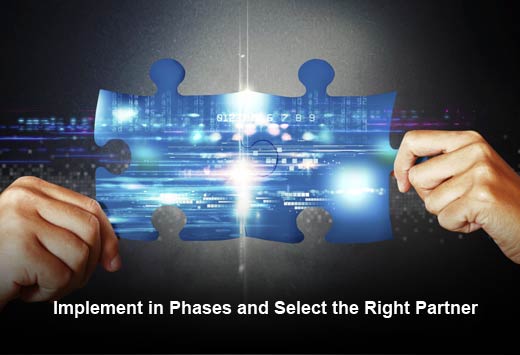Today’s IT leaders are not the same as yesterday’s. As more economic activity continues to take place digitally, IT departments are faced with more challenges every day. Not only are CIOs and IT decision makers being tasked to take on a multitude of ambitious strategies to transform the digital enterprise, but they are also expected to execute against their everyday demands – overseeing company computer operations; supervising information system and communications networks; and addressing policies, governance, compliance and security, just to name a few.
One strategy that will help drive real business growth and strategy across multiple departments, and free up the IT department to focus on the bigger picture, is IT modernization. And it’s something that a lot of enterprises are considering – in fact, 70 percent of enterprises consider data center and application modernization a top priority for their business.
In this slideshow, Mark Lewis, CEO of Formation Data Systems, distills the top five things IT leaders should prioritize in order to make IT modernization a reality. The key to successful IT modernization includes proper planning, alignment with current and future goals and objectives, understanding vulnerabilities, and finding the right partner in order to facilitate implementation.
Modernizing IT
Click through for five things IT leaders should prioritize in order to make IT modernization a reality, as identified by Mark Lewis, CEO of Formation Data Systems.
Mobilize and Modernize
Regardless of the industry, it’s important for IT leaders to take careful inventory of their application landscape and the infrastructure that supports these applications. They also need to make sure they map everything back to the user experience. The proliferation of mobile devices dictates that users, internal and external, need to be able to access data from mobile devices at any time and from anywhere. For IT leaders, this not only requires them to take a closer look at the security aspects of their IT infrastructure, but because these mobile devices will rapidly generate more data, they need their data center infrastructure to be more elastic and scalable to support these new requirements.
Most will find in the initial phases of a new mobile app deployment cycle that it places stress on their data center infrastructure and, more specifically, their data storage infrastructure. When trying to deploy new mobile applications on old storage arrays, the proprietary, rigid nature of that legacy hardware places serious limitations on growth, driving requirements to modernize the infrastructure to support the scale, speed and agility that is required for their modern application environment. Many CIOs have deployed software-defined infrastructure as a way to keep ahead of the growing demands on their business and have seen immediate, measurable benefits.
Automate Everything
Updating the application infrastructure is only one component of a successful modernization strategy. It is also critical to identify operational processes that can potentially hinder adoption, stifle growth and introduce errors. When performing this review, the implementation team should be constantly looking to replace any manual steps with automated processes and self-service enablement. This should also be driven by policy to ensure compliance to pre-defined standards. This is especially effective when it comes to resource provisioning, allocation and planning.
This stage of the service delivery process is critical and should be built upon APIs that map to pre-defined policies so the admin can bound the service parameters. These capabilities result in automatic allocation of the appropriate resource, tracking utilization, and notifying the admin when capacity or performance thresholds are being approached. When implemented properly, this automation provides consistency across the service-delivery model by delivering standardized, repeatable processes and removing any manual steps that may potentially introduce delays or errors.
Measure and Monitor
As application and infrastructure modernization projects are being planned, it is crucial that the team agrees up front on the system parameters that will be used as telemetry and the metrics that establish the standards to be monitored and reported against. Continuous monitoring and reporting of these metrics allow the team to be able to establish a standard for system performance, availability and capacity so that any deviation can be quickly identified and rectified.
This type of proactive monitoring requires consistency in the service platform and allows the ability to consistently track, correlate and associate the metrics to ensure that the applications and infrastructure are running with the highest possible efficiencies. This also results in anomalies being quickly identified and corrected before they affect productivity.
This discipline requires executive-level commitment to make the needed investments up front to deliver standards for productivity, performance and availability and the proper tools to rapidly identify deviations, which may be indicative of a potential issue or outage. Legacy infrastructure may not have the needed telemetry or anomaly detection capabilities, so infrastructure planners should be looking for solutions that can map infrastructure to application performance. Most modern infrastructure solutions now utilize proactive log analytics, which can quickly determine any issues that may be early indicators of a failure, allowing the team to respond well before that failure condition actually occurs.
Understand and Address Vulnerabilities
If a CIO or IT leader decides that they need to introduce new applications, technologies or processes into the organization, it’s important for them to understand any potential vulnerabilities that may be introduced with the changes before they are implemented. This typically requires an audit of not only security processes and data governance, but also a careful look at the data lifecycle to ensure that the data is always available and recoverable under any failure scenario. Modern data centers are being built in the model that has been popularized by the hyper-scale service providers. These platforms are now becoming more common in the enterprise to improve system availability and to dramatically lower costs.
This model deploys advanced software that runs on commodity compute infrastructure in a distributed fashion. Because the software is completely independent of the hardware, it delivers higher overall resilience, fault tolerance and system availability than even the most expensive enterprise class infrastructure. Data protection and recovery is also a critical vulnerability that requires modern approaches. No longer is a backup window appropriate, but rather organizations must be able to recover data quickly and with recovery point objectives (RPOs) approaching zero to ensure that if data recovery is needed, the amount of data lost is minimized to protect the business.
Implement in Phases and Select the Right Partner
When the organization seeks a partner to modernize their application infrastructure, it’s important to scope the entire project and implement in phases. It’s understood that an organization is not going to move everything from their legacy infrastructure to their new private cloud from the start. Instead, they should first build an implementation for a few specific applications, projects and teams. Identify those teams that would benefit most from the agility provided by these new processes, then use this as a model going forward. It is also important to NOT try to use legacy infrastructure to build and support these new applications.
Legacy infrastructure typically lacks the right architectural components, APIs and service automation capabilities to make these initial implementations successful. That is where selecting the right technology partner is critical. It’s important that the solution provider can ensure success in the initial deployments and once these initial projects have been proven, then work with you to expand to other initiatives based on business priorities and costs.
At this point, the focus can shift to scaling these services, adding new applications as well as migrating existing applications from legacy infrastructure when it makes sense to do so. As always, this is not a one-size-fits-all strategy, but when implemented in phases with the right partner, you should be able to gain measurable benefits for your application modernization initiative.








